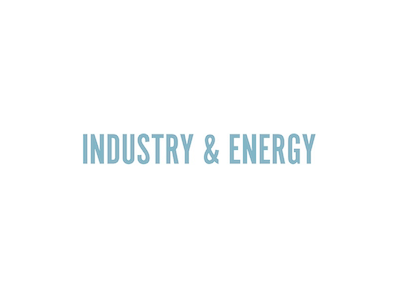Sweden – Vattenfall has created a climate-smart hydrocarbon concrete with less cement content that can cut carbon dioxide emissions by a quarter.
The first significant structures have recently been built on-site at Göta älv’s Lilla Edet power station.
Reducing emissions from cement manufacturing
Cement manufacture emits a significant amount of CO2. As a result, lowering the cement content of construction concrete directly reduces the burden we place on the environment. Using by-products that react with cement is a common approach to reduce cement quantity and heat development around the world. This technology was paired with lessons learnt during Vattenfall’s main development periods in the 1950s and 1960s to create a modern, climate-smart concrete idea.
At Lilla Edet power station in Göta älv near Gothenburg in Sweden, Vattenfall will be replacing parts of the existing dam with a brand new one by 2024. Several ways have been investigated to reduce the amount of cement in construction concrete, so lowering both the load on the environment and the demand for cooling associated with rough projects. Extensive testing have been performed to guarantee that the concrete is suitable for building purposes and, above important, that it meets the requirements for dam safety and durability for the next 100 years.
Reduced risk of cracking
Casting rough concrete buildings places stringent demands on the ability to handle the temperature increase that happens within the concrete; otherwise, fractures can form. To limit the temperature increase, one typical way is after-cooling via cooling pipes inside rough concrete buildings. The reduced amount of cement, on the other hand, results in a lower temperature increase than usual.
As an added advantage, the vast number of cooling pipes inside the castings otherwise leads to tight areas and problems evacuating people in the event of an accident, which improves the working environment for construction workers.
Concrete concept works in practice
A full-scale demonstration casting was carried out in collaboration with the contractor, NCC, and the concrete supplier, Thomas Concrete Group, to ensure that the designed concrete concept works in practice. This provided the ability to test pump the concrete over a greater distance, and concrete workers were able to attempt working with the concrete to determine whether the qualities worked in practice. The demonstration casting went off without a hitch, and the concrete workers were overjoyed. In conjunction with Chalmers University of Technology, temperature increase and strain during setting were monitored using fiber optic measurements.
There are other plans to employ this concrete concept in the future, for example, with wind power, however certain changes to the concrete’s composition would be required.





